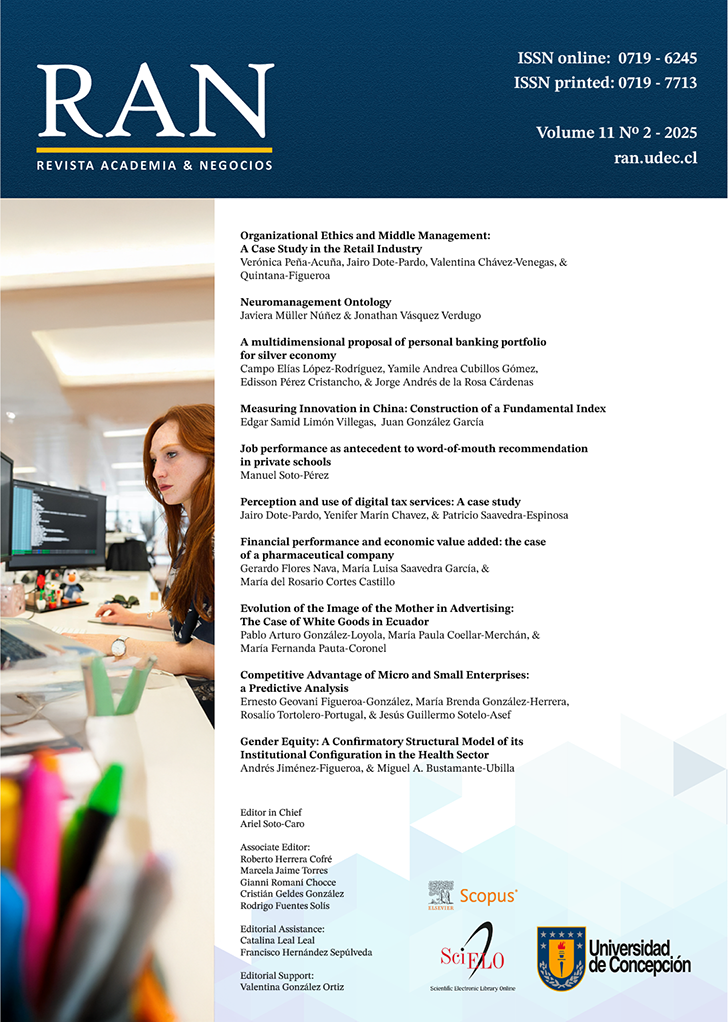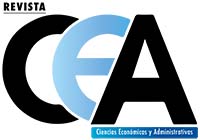Competitive advantage of micro and small enterprises: a predictive analysis
DOI:
https://doi.org/10.29393/RAN11-19VCFG40019Keywords:
Competitive Advantage, Systems Theory, CRISP-DM, Ridge, LassoAbstract
Purpose: This study examined how strongly internal management components such as operations, marketing and managerial satisfaction explain the competitive advantage of micro and small enterprises (MSEs). The guiding question was: which internal factors most accurately predict their competitive performance?
Methodology: The answers to a survey administered to 488 Mexican MSEs, selected from DENUE-2024 through stratified sampling, were analyzed. The CRISP-DM framework structured the workflow; Ridge and Lasso regressions, validated with ten-fold cross-validation and a 20 % hold-out set, quantified each factor's contribution.
Results: Internal management exerted the greatest influence on competitive advantage, with production and marketing emerging as dominant predictors. Managerial satisfaction and corporate social responsibility displayed additional significant effects.
Implications: Findings recommend prioritising the optimisation of production and marketing processes and designing policies that promote managerial well-being and strengthen MSE operational capabilities.
Originality: Integrating Systems Theory, CRISP-DM and penalised regression provides a predictive perspective rarely applied to Latin-American MSEs; the evidence narrows the documented gap on machine-learning applications to enterprise competitiveness in informal contexts.
Downloads
Published
How to Cite
Issue
Section
Copyright (c) 2025 Ernesto Geovani Figueroa-González, María Brenda González-Herrera, Rosalío Tortolero-Portugal, Jesús Guillermo Sotelo-Asef

This work is licensed under a Creative Commons Attribution 4.0 International License.























